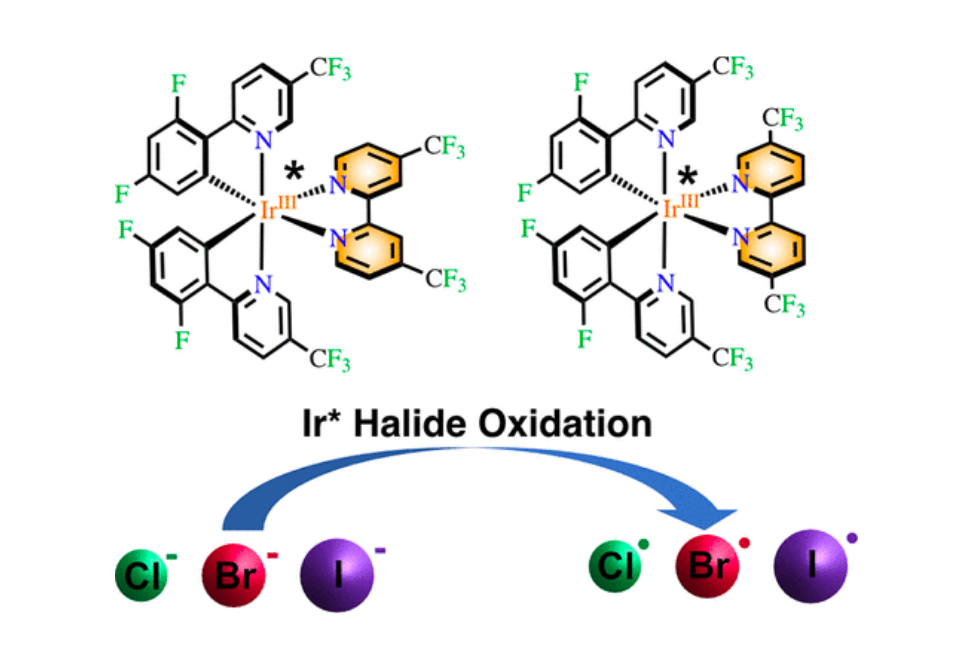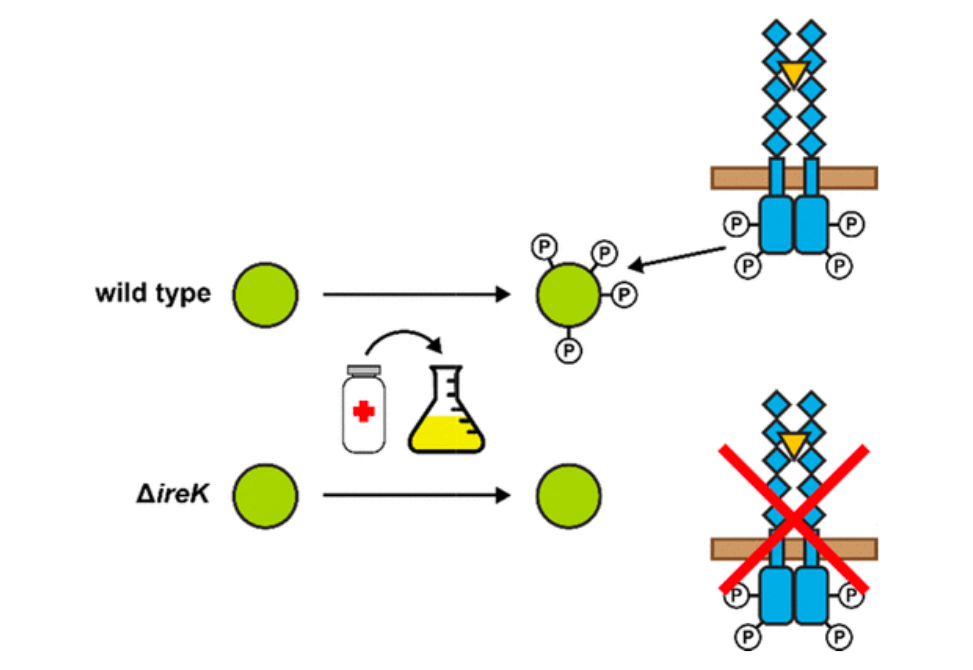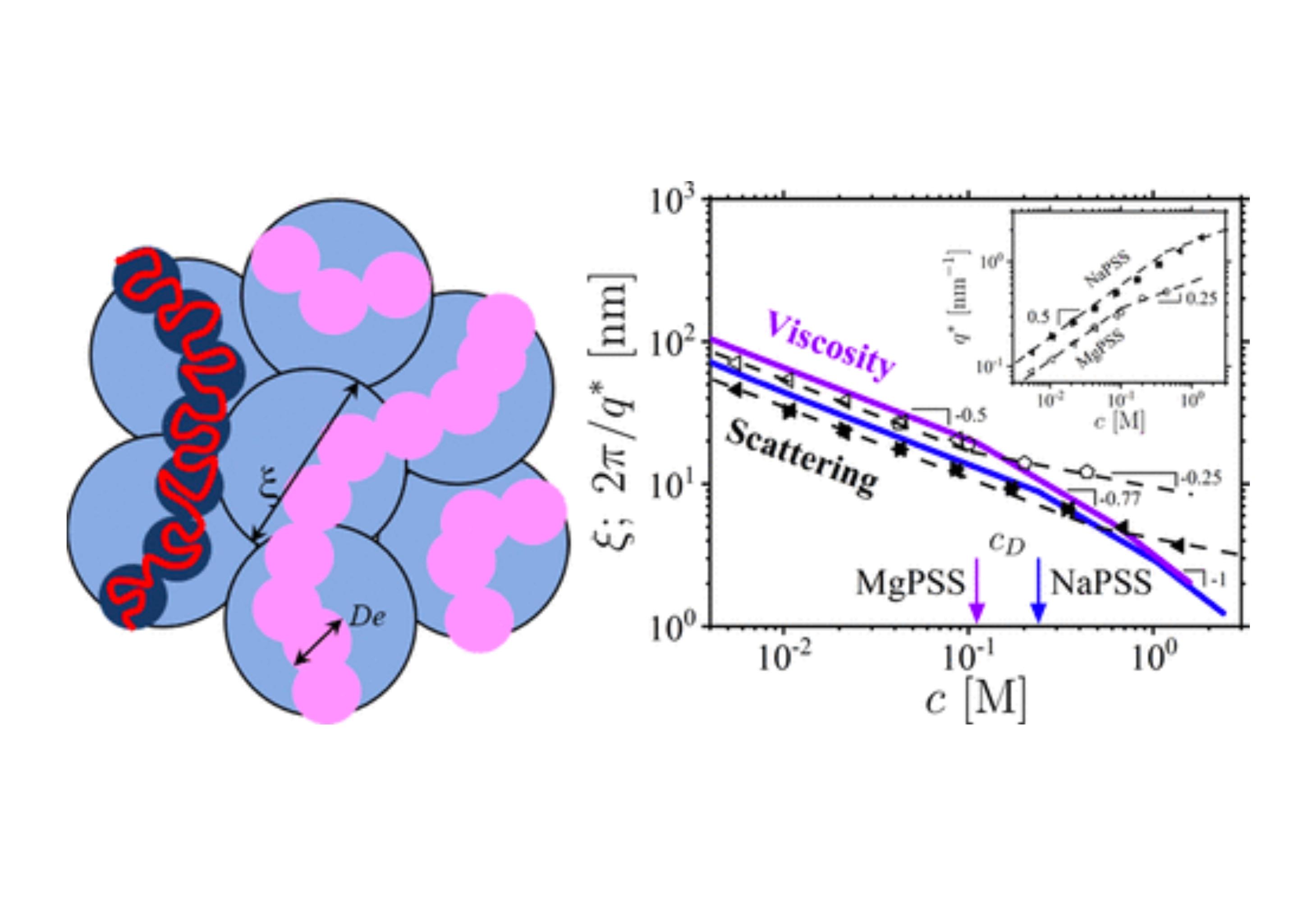Research Archive

In an attempt to overcome this limitation, in this work we synthesized a series of anion exchange membranes containing non-covalent cross-links formed by a hydrogen bond donor (methacrylic acid) and a hydrogen bond acceptor (dimethylacrylamide).

The mechanism of a visible light-driven dehalogenation/cyclization reaction was investigated using ruthenium(II), iridium(III) and iron(III) photosensitizers by means of steady-state photoluminescence, time-resolved infrared spectroscopy, and nanosecond/femtosecond transient absorption spectroscopy.

Here, we report the use of two Ir(III) photoredox catalysts to initiate chloride, bromide, and iodide oxidation in organic solvents.

To better understand stress-modulated phosphorylation events contributing to antimicrobial resistance, wild type E. faecalis cells treated with cell wall-active antimicrobials, chlorhexidine or ceftriaxone, were examined via phosphoproteomics.

We report 2D hybrid perovskites comprising a blend of chiral arylammonium and achiral alkylammonium spacer cations (1:1 mole ratio).

To tackle this challenge in the context of 19F magnetic resonance imaging (MRI) agents, we pursued a computer-guided materials discovery approach that combines synergistic innovations in automated flow synthesis and machine learning (ML) method development.

This analysis shows that (i) there is only a small fraction of free counterions, f* < 12%; (ii) divalent ions have a strong effect on the renormalization of the excluded volume, reducing it by a factor of 2; and (iii) the effect of divalent counterions is much weaker on the renormalization of the Kuhn length, accounting for an increase of up to 10%.

Here, we propose an experimental setting enabling simultaneous fast-scan cyclic voltammetry (FSCV) and blood oxygenation level-dependent functional magnetic imaging (BOLD fMRI) to measure both local tissue oxygen and dopamine responses, and global BOLD changes, respectively.

Here, we demonstrate the first Brønsted acid catalyzed stereoselective polymerization of vinyl ethers.

Here, we apply LOVE NMR, Fourier transform infrared spectroscopy, and solution hydrogen–deuterium exchange to globular proteins GB1, CI2, and two variants thereof to link mutation-induced changes in the dehydrated protein structure to changes in solution structure and stability.

Presented here are high-precision all-electron RT-TDDFT and it-TDDFT implementations within a numerical atom-centered orbital (NAO) basis function framework in the FHI-aims code.

Here, we discuss this recent work and the emerging picture of protein surfaces as not just hydrophilic coats interfacing the solvent to the protein's core and functional regions, but as critical components in cells controlling protein mobility, function and communication with post-translational modifications.

